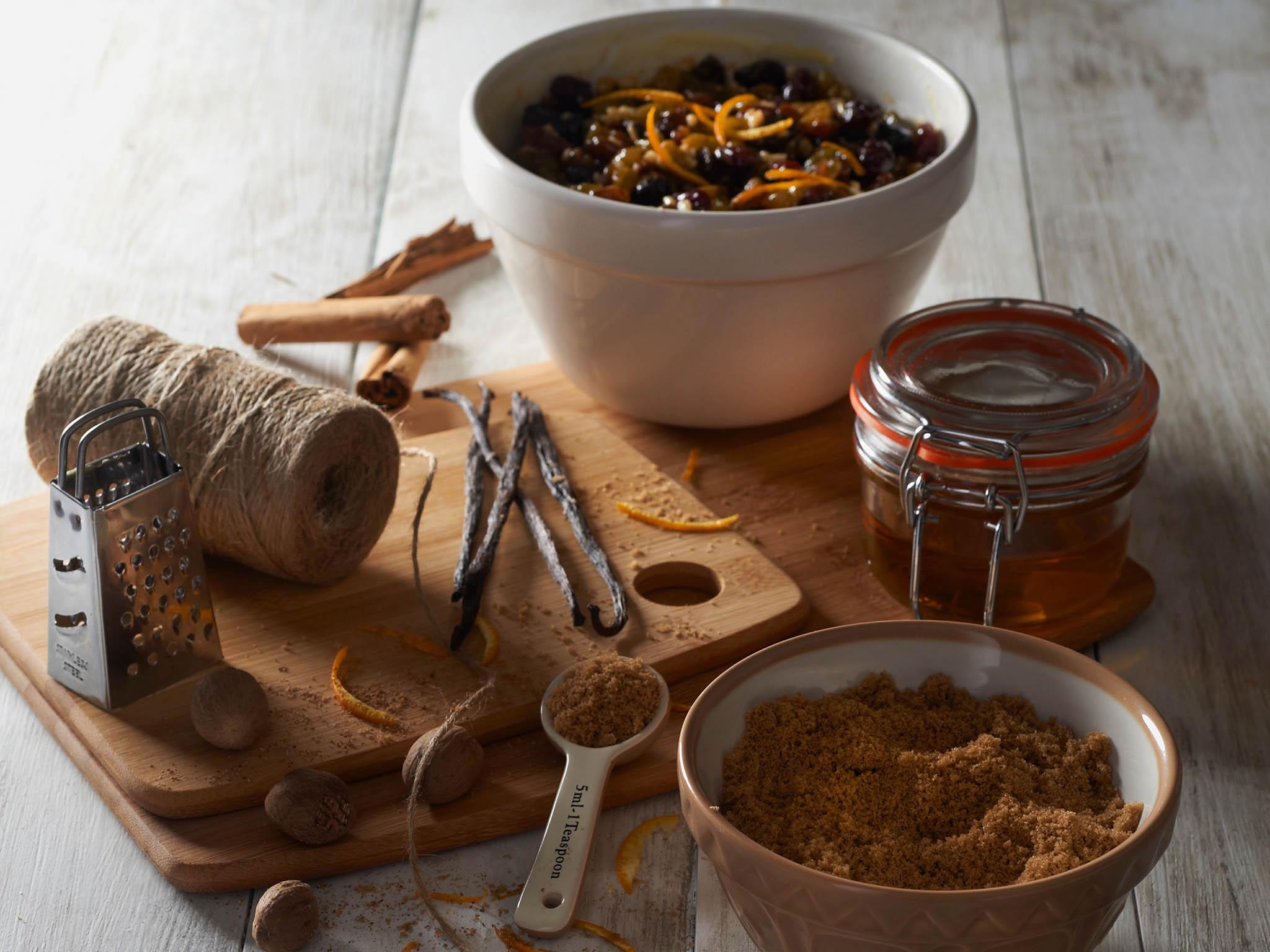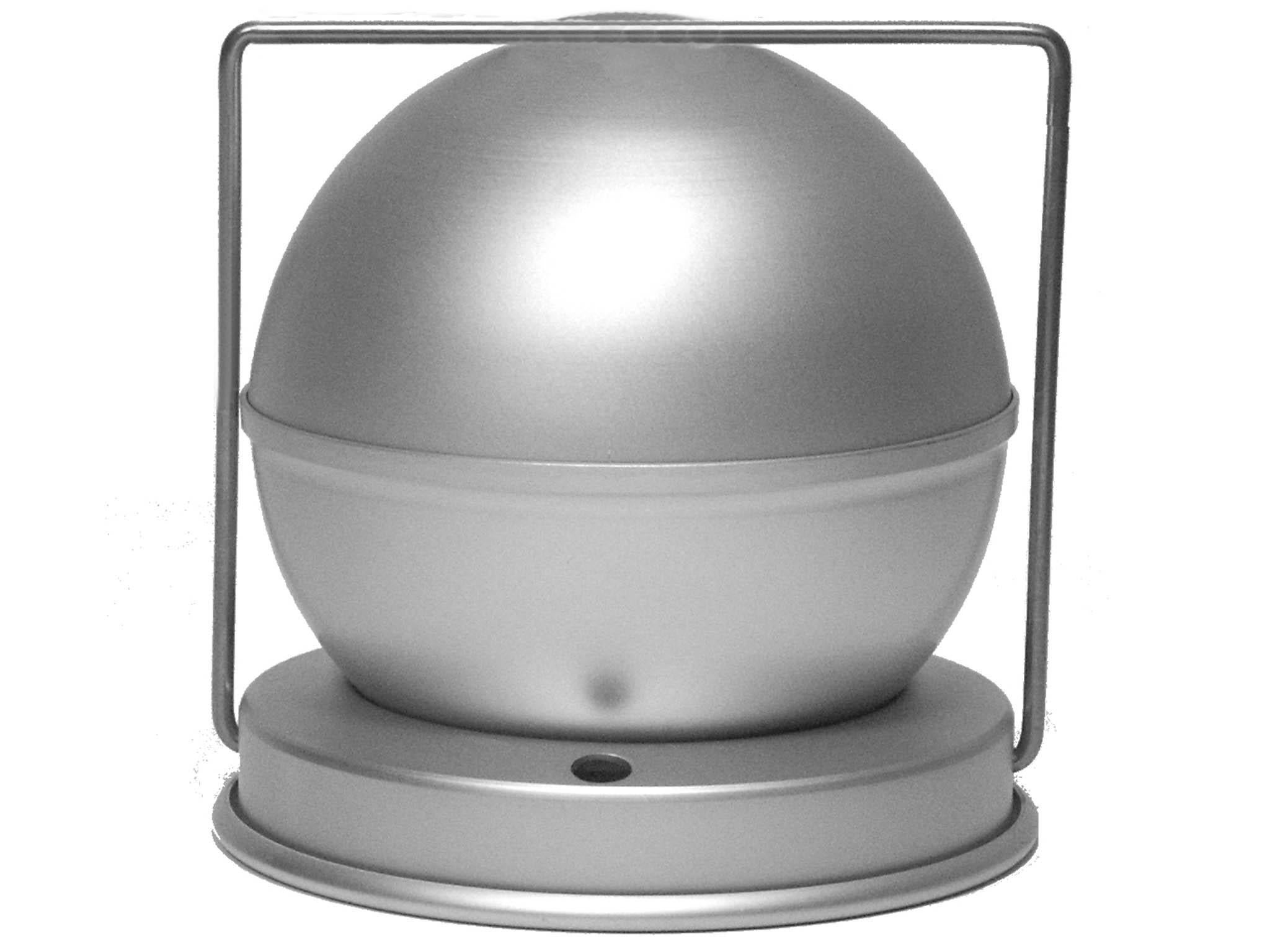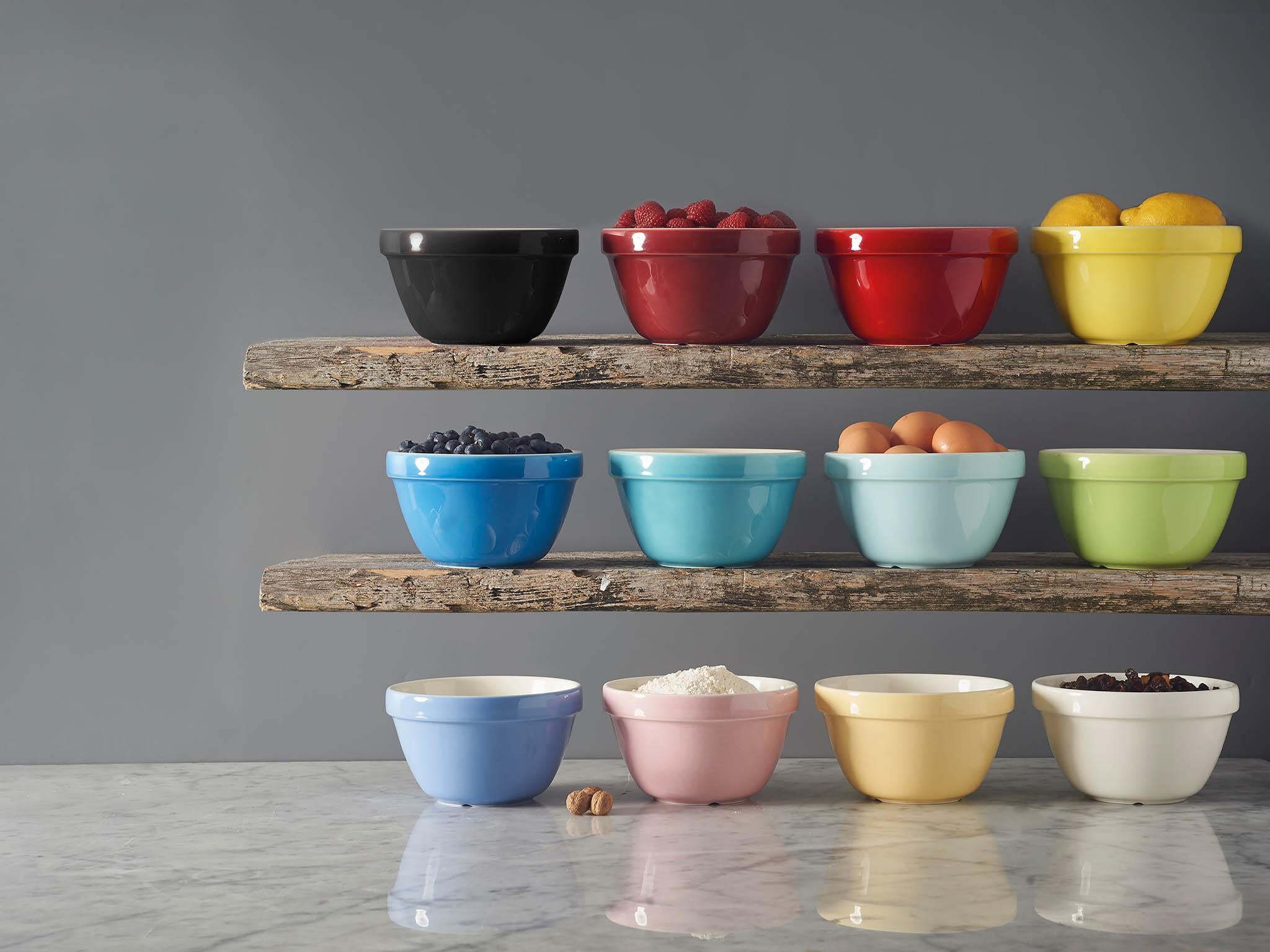The proof is in the pudding (basin)
Julia Platt Leonard looks back to the famous Christmas pudding enjoyed by Bob Cratchit and his family and considers how it's changed in those 175 years

It was like a speckled cannon-ball, hard and firm. It was cooked to perfection and didn’t break when turned out. As luck would have it, no one stole it from the back garden where it was stowed while the family tucked into the Christmas goose. And thanks to half of half-a-quartern – no more than a whiff really – of brandy, it was alight, a festive sprig of holly decorating the top.
It was the Christmas pudding – the culmination of the Cratchit family’s meal in Dickens’ classic A Christmas Carol. How was it? “Oh, a wonderful pudding! Bob Cratchit said, and calmly too, that he regarded it as the greatest success achieved by Mrs Cratchit since their marriage.”
The Cratchit’s Christmas dinner is still the stuff of legends, almost 175 years after A Christmas Carol was first published. The meal included the goose, of course, which was enough – barely – to feed the whole family thanks to the helpful additions of apple sauce and mashed potatoes.

The children were “steeped in sage and onion to the eyebrows”, and there was a jug of gin and lemons and a shovelful of chestnuts to roast in the fire. It was a meal lovingly cooked by Mrs Cratchit on less than a shoestring, but all the more memorable for that. But it is the Christmas pudding that lingers in our minds – something so quintessentially British and a Christmas classic.
Dickens tells us that Mrs Cratchit made her Christmas pudding in a copper basin. Today, we’re still making Christmas puddings but can choose from bowls in countless styles, shapes and sizes, made from everything from anodised aluminium to plastic and of course ceramic.
Silverwood, a family run firm based in Birmingham, makes a range of anodised aluminium bakeware with excellent heat conductivity. Their spherical pudding mould comes with a rounded base for the pudding, a rounded lid, and a stand with a handle that fits snugly over the top to keep everything in place. The stand means you can place the mould directly in the pan (no need for a separate rack) and the metal handle allows you to lift the pudding out of the pan easily.
To use the Silverwood mould, you grease both halves, line the halves with greaseproof paper and spoon your Christmas pudding mixture into the base until you have created a rough dome shape. The key is to have a slightly flattened top which will become the base of your pudding. Place the round top lid on and steam as usual. The pudding can be stored in the mould but you’ll want to wrap the pudding in fresh greaseproof paper as the acids from the fruits can damage the surface of the mould over time.

In addition to making lovely Christmas puddings, you can also use the Silverwood spherical mould to make steamed sponge puddings, sponge ball cakes, summer puddings and ice cream bombe. Silverwood also has a wide range of other ‘traditional’ pudding moulds in all different sizes and shapes.
Plastic lidded steamed pudding basins are another option. A set of three 1.2 litre basins will set you back a mere £6.49 from Lakeland. You can use the basins in a pan or in the microwave, store them in the freezer and clean them in the dishwasher. Fans include cooks who swear by them for use in pressure cookers. Yes, plastic is practical and economical but these are basins you’ll stash in the back of the cabinet.
For something you’ll happily keep on the counter, turn to Mason Cash. Their white pudding basins are classics. They’re incredibly well made, absolutely functional and double beautifully as mixing bowls off season. They come in seven different sizes from a petite 11.5cm all the way up to 22cm. The British Royal Household presents its staff with a Christmas pudding in a Mason Cash basin each year. It’s also the choice of Claridge’s Hotel (they use the 1 litre Mason Cash S30). That’s quite a pedigree.
So why is Mason Cash such a popular choice for home and professional cooks? Their pudding basins have a protruding rim so you can easily and securely tie a lid and handle on the top that will stay in place during steaming. It also has grooves along the base of the basin which allow trapped air bubbles to escape during steaming. This means the basin can sit directly in the pot without a trivet or saucer. It also means it sits more securely so you don’t need to worry about it tipping.
Mason Cash basins are microwave, dishwasher, freezer and oven safe and they’re sturdy too so they can stand up to years of use. The company has been making ceramic kitchenware since 1800 and the basins were one of their early introductions. Mason Cash was started by a group of master potters, who first opened a pottery in Church Gresley, in Derbyshire. One of members was ‘Bossy’ Mason, who gave the pottery its name. In 1901 Tom Cash acquired the pottery and changed the name to Mason Cash & Co.
MrsCratchit may have used copper, but I reckon she’d have been pleased to have received a Mason Cash pudding basin in her stocking. That, and perhaps a larger goose and a bit more brandy.
Join our commenting forum
Join thought-provoking conversations, follow other Independent readers and see their replies
Comments
Bookmark popover
Removed from bookmarks